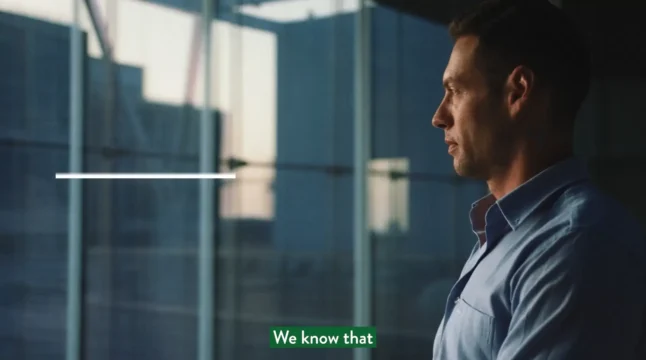The brief
Maintaining anonymity in our connected world
Data is at the centre of global progress. Every innovation, every move towards a brighter future is fuelled by data. We have a constant need to capture more information which can be used for progress in any number of areas. However, there is also a need to make sure this data is anonymous, protected and safe to use. Improper use of data can put people at risk and there are so many ethical questions surrounding how our data is used. The bottom line is that it doesn’t matter if it’s being used for the greater good, people’s data has an impact on their lives and so it must be safeguarded.
An added complication is that our data is connected. Even anonymous data can give people and organisations clues about who we are. Combining multiple data sets can circumvent measures to anonymise data through context and a bit of detective work.
Currently, decisions about data are made by people. People are naturally subjective. When you throw into the mix the fact that organisations have their own policies and procedures there’s the potential for trouble. However, what if we could set some rules? Automate the process so that decisions are made objectively with people’s anonymity being prioritised? That’s what Age Chapman and her team have set out to do.
The work on this project is really just beginning. Age and her team were keen to create a film that documented the journey so far and laid out a case for why research should continue on this subject.
What we did
The initial challenge was around how we visualised data. There wasn’t the budget in place for complex animation and outside of this data can be very hard to visualise. That left us in a bit of a tricky situation. What we decided to do instead was focus the story around the people who were involved in the project. We could tell their story, focus on what they wanted to achieve and still tell a story that would show people how important their work was.
As you can probably imagine, the academics working on this project are incredibly busy. We essentially had one day to capture what we needed, both interviews and b-roll. That meant we had to be super tight with our time and focus only on what we needed. Over the course of 1 day we captured interviews with academics and shot b-roll of them at work alone and together. This tied in with wanting to tell the story of the people involved in the project.
As well as telling the stories of the people involved, we wanted to tie this film into something bigger. If we had to show the true value of this work, we needed an even bigger story which people could buy into. In the edit we wove the stories of the researchers and the global situation around anonymised data together. It was a case of getting the right balance. We knew that both stories could work together, and that’s what we built our edit around.




The technical
Story plans
1 day of filming
Post-production
Music licensing
The result
Human stories and data collide.
The resulting film was used to show the Turing Institute the power of this research. It’s not only a record of what has happened, but a case for why this area needs more exploration.


